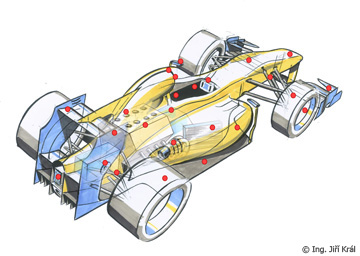Exhaust piping
sanco | 3.6.07 | Výfuk
F1 constructors
Although the exhaust piping does not look complicated, in fact, it is a very important and technologically advanced element. The engine designers pay it a lot of attention not only from point of view of the weight and heat resistance, but also because of its effects to the combustion process. The goal here is to obtain the negative pressure, i.e. underpressure before the exhaust vent at the time when both the inlet and exhaust valves are open. This way a part of the fresh mixture is sucked into the exhaust piping which leads to better cylinder washout. The following shockwave caused by the reflection at the end of the pipe returns to the exhaust vent shortly before it is closed, which allows the fresh mixture get back from the exhaust pipe to the cylinder. Such effect increases the power output and flexibility of the engine. By joining two or more pipes, i.e. exhaust ports (cylinders in phase opposition) the frequencies in the pipes interferes. The speed build-up in one invokes the underpressure in the other. The vibration frequency depends on the length of the pipe, where the shorter pipe means higher frequency.
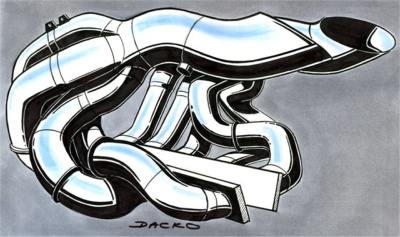 |
With stock cars, where the noise is also concern, the solution is a little different. Together with the increasing rpm of F1 engines during the years, the exhaust piping was getting shorter. That may not be a problem on its own, however, with the very short pipe you have to solve the problem of its mouth. Earlier, the designers placed the mouth of the piping under the car, specifically at the beginning of the air funnel. That, among others, brought a significant aerodynamics advantage. The kinetic energy of the exiting fumes is so high, that it can cause underpressure in the funnel. The foundary layer, the cause of the lifting force, is literally sucked away. That is the reason, why current FIA regulations ban such a solution. Therefore, the constructors of Ferrari some time ago came up with the specification when the exhaust piping mouths above the bodywork. However, the high speed and temperature of the fumes puts a lot of strain on the neighbouring parts (e.g. the rear wing) and careful aerodynamics setting is necessary.
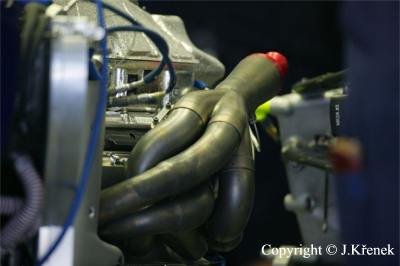 |
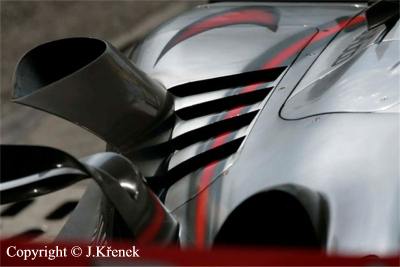 |
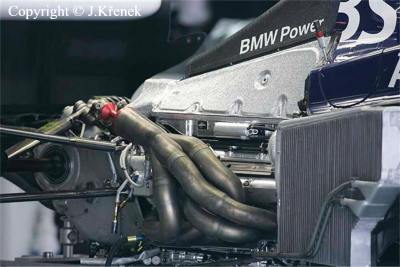 |
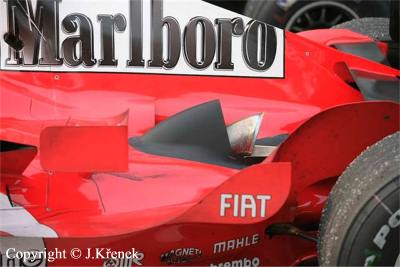 |
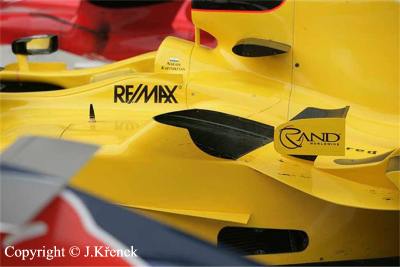 |
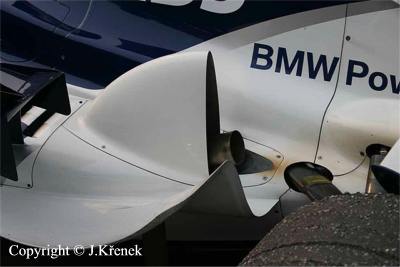 |
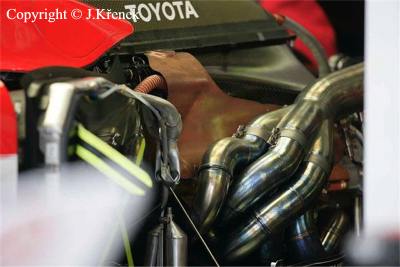 |
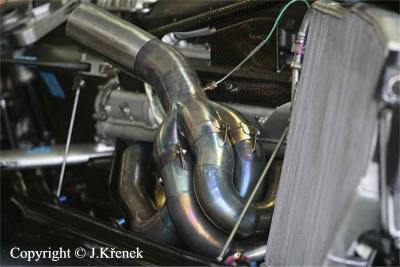 |
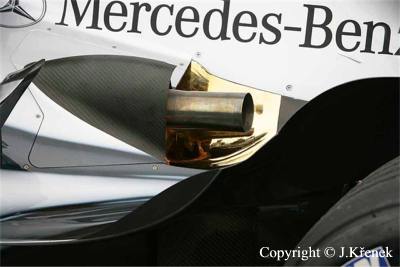 |
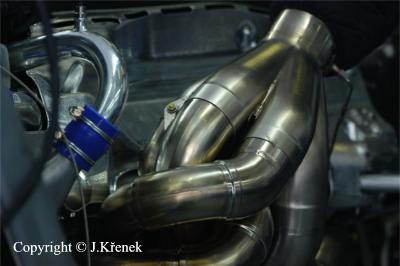 |
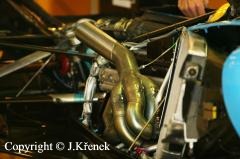 |
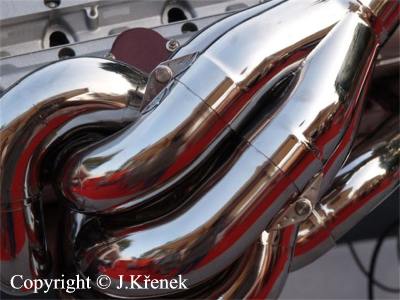 |
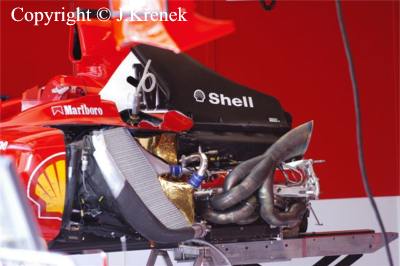 |
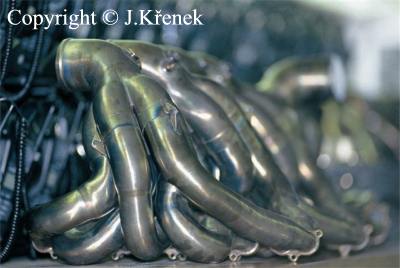 |
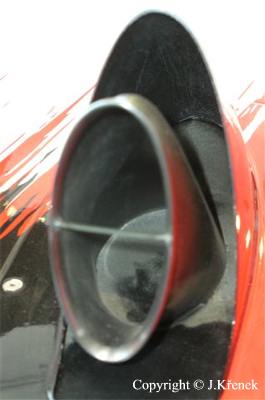 |
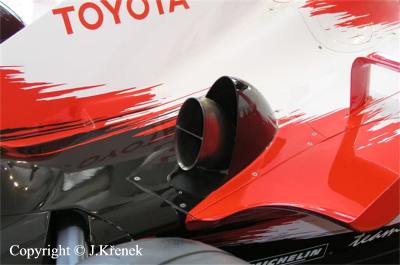 |
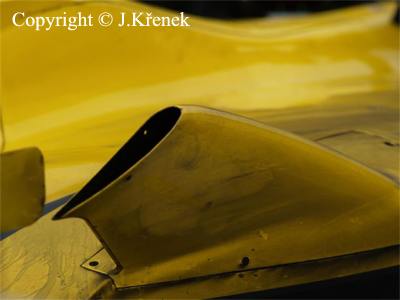 |
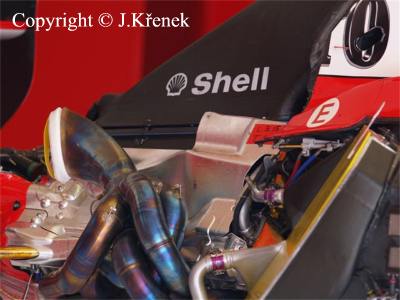 |
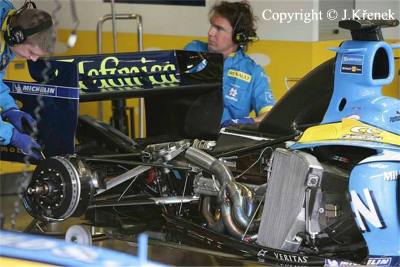 |
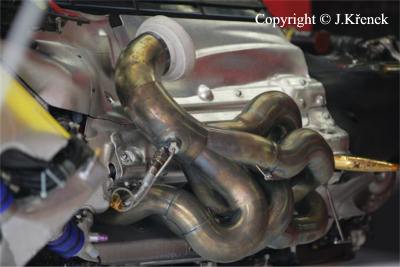 |




